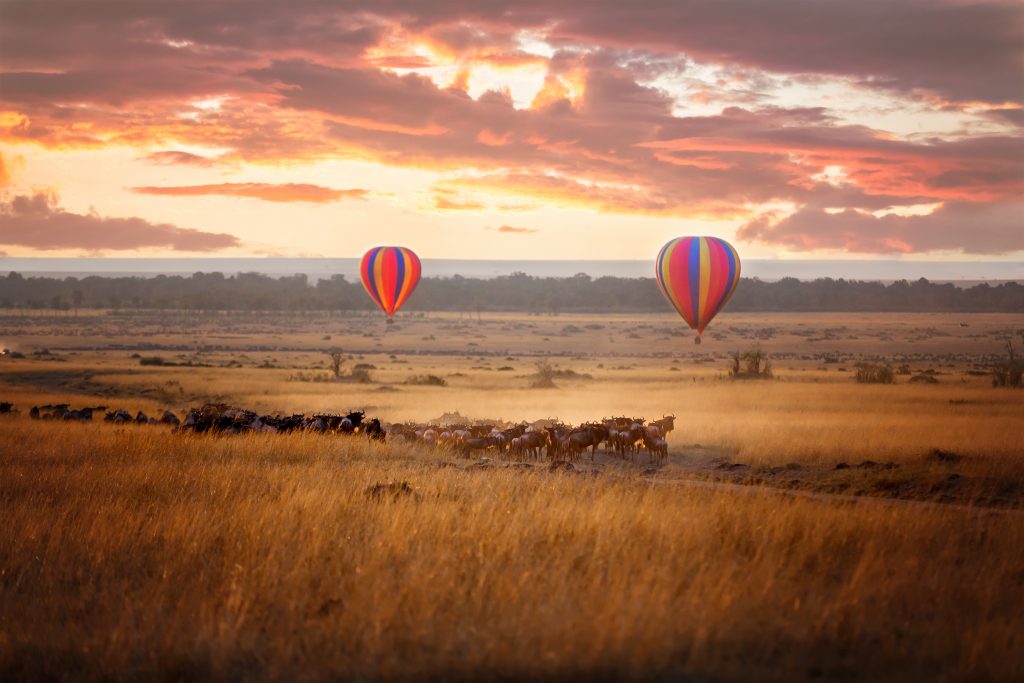Photography Safari Kenya – Your Lens. Africa’s Untamed Beauty.
Capture the soul of Africa through your lens on a Photography Safari in Kenya – where golden light meets raw wildlife drama. Whether you’re a seasoned wildlife photographer or an enthusiastic hobbyist, Annest Kenya Safaris offers custom photography tours tailored to your pace, gear, and artistic goals.
From the great migration in the Masai Mara to elephants roaming beneath Mt. Kilimanjaro, every frame tells a story.

Why Choose Kenya for a Photography Safari?
Kenya is a world-class photography safari destination for good reason:
Stunning Landscapes – From savannahs to lakes, deserts to mountains
The Big Five & Beyond – Lions, leopards, elephants, rhinos, cheetahs, and more
Golden Light – Ideal conditions at sunrise and sunset
Expert Local Guides – Trained to position for best lighting & behavior shots
Custom Itineraries – Travel at your own pace with flexible game drives
Why Choose Kenya for a Photography Safari?
Masai Mara – Action & Migration Shots
Big cats in action, wildebeest crossings (Jul–Oct)Iconic predator-prey momentsPrivate conservancies for exclusive access
Amboseli – Elephants with Kilimanjaro Backdrop
Dusty trails, elephant herds, silhouette photographyWide-angle and telephoto landscapes
Samburu – Unique Species & Culture
Grevy’s zebra, reticulated giraffe, oryxCandid Samburu tribe photography sessions
Lake Nakuru – Flamingos, Birds & Rhinos
Thousands of flamingos + rhino trackingBird photography paradise (pelicans, storks, eagles)
Nairobi National Park – Wildlife with Urban Skyline
Convenient for short-stay photographersGreat for golden hour shots of lions & rhinos
Best Time for Photography Safari in Kenya
| Season | Months | What to Capture |
|---|---|---|
| Dry Season | Jun–Oct | Great migration, predator action |
| Short Rains | Nov–Dec | Dramatic skies, green landscapes |
| Long Rains | Mar–May | Birdlife, fewer tourists |
| Calving Season | Jan–Feb | Newborn animals, predator behavior |
Tip: Book 6–9 months in advance for prime migration season.

What’s Included in a Kenya Photo Safari?
Private 4×4 Land Cruiser – Configured for lens use & beanbag shooting
Photography-Savvy Driver Guide – Understands light, angles & animal behavior
Flexible Timing – Golden hour game drives, lunch breaks with views
Charging Stations – Lodge & vehicle options
Custom Travel Itinerary – Designed for your portfolio goals
Optional add-ons: pro guide, local portrait sessions, drone permits (in legal zones)
What Gear Should You Bring?
100–400mm or 200–600mm lens
Wide angle (24–70mm) for landscapes
Tripod not always needed – use beanbags (we provide)
Extra memory cards & batteries
Backup camera (recommended)
We provide photographer-friendly vehicles, charging cables, and gear support.

Photography Safari Kenya – FAQs
A DSLR or mirrorless camera with a zoom lens (200–600mm) works best. Fast autofocus and good low-light performance are ideal.
Yes. All recommended lodges have charging stations. We also provide in-vehicle charging options.
Drone use is restricted in national parks and requires permits. We help navigate the approval process where possible.
Yes. We offer safaris with photo-specific guides or partner with professionals for hosted tours.
We offer private photo safaris, small-group hosted trips, and can even design photography honeymoons.

